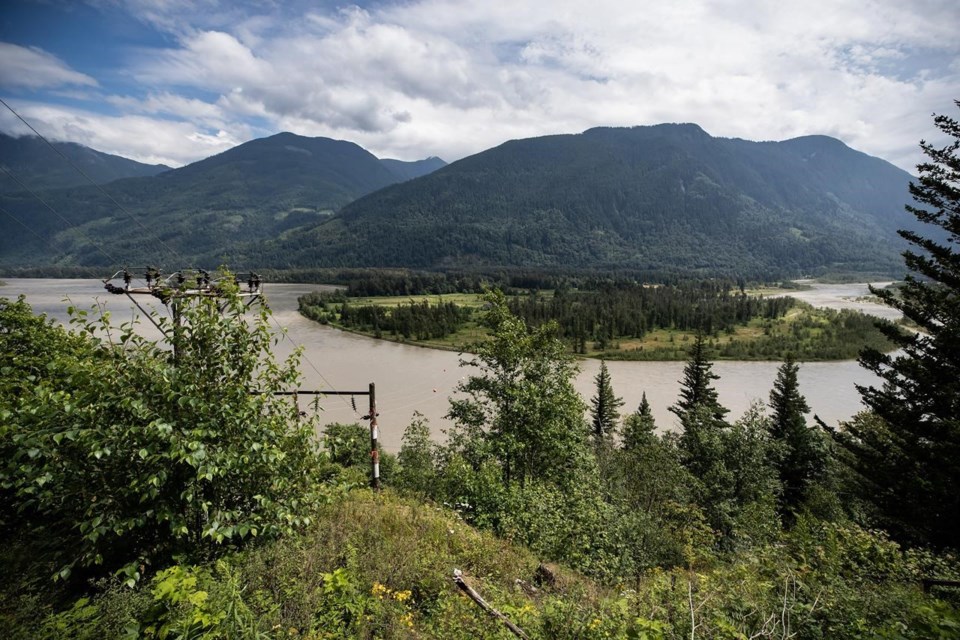VICTORIA — Recent snowfall at higher elevations in British Columbia has given a boost to the record low snowpack, but the risk of declining stream flows and drought conditions this summer still remains, says a top River Forecast Centre official.
The average snowpack in the province increased to 66 per cent of what is normal after recent snowfall.
Before that, it measured 61 per cent, close to the historic low recorded almost five decades ago, Dave Campbell, head of the River Forecast Centre, said Friday.
"With a bit of snowfall, particularly over the last week-and-a-half or so, we did see numbers come up a little bit from where they had been at Feb. 1," he said at a briefing to update current conditions.
"In terms of historical context, this is tied for the second lowest provincial March 1 snowpack that we have seen. The historic low was in 1977 where we had 53 per cent of normal and then we saw again in 2001 similar to what we have now, 66 per cent."
The River Forecast Centre analyses snowpack conditions, assesses seasonal water supply and flood risk and predicts flows in B.C.'s rivers and streams.
Campbell said many areas of B.C. are currently showing snowpack levels below 60 per cent, despite the overall provincial average of 66 per cent.
He said areas east of Prince George, the Central Coast, South Coast, Skagit Valley and Vancouver Island are recording low snowpacks.
"But still we have seen lower years, particularly the 2015 year when we had very low snowpack in those regions," said Campbell.
The lower snowpack level could mean a reduced flood risk this spring in many areas of the province, but warm weather and spotty rainfall would also signal increased drought conditions this summer, he said.
"Certainly, with the broad lower than normal snowpack, we are anticipating a decrease in the seasonal flood risk in most areas of the province," Campbell said.
But the current snowpack could add to the drought conditions which reached the highest level last year in areas of B.C.'s northeast, central Interior, Thompson-Okanagan, Sunshine Coast and Vancouver Island, he said.
"The water we've got stored up on the landscape in the snow is below normal, and therefore, the flow that we anticipate seeing off the water availability is going to be lower as we come into the summer," Campbell said. "That certainly is an ongoing concern in terms of the implications for drought. We continue to see that increased hazard for seasonal drought this year."
He said the amount of rain and snow over the next six to eight weeks prior to the spring melt will give officials a better grasp of the potential stream flow and drought situation later this year.
The River Forecast Centre's snowpack report due for release on April 10 will include vital information about the coming flood and drought season because it will have the most up-to-date snow and rain measurements, Campbell said.
This report by The Canadian Press was first published March 8, 2024.
Dirk Meissner, The Canadian Press



